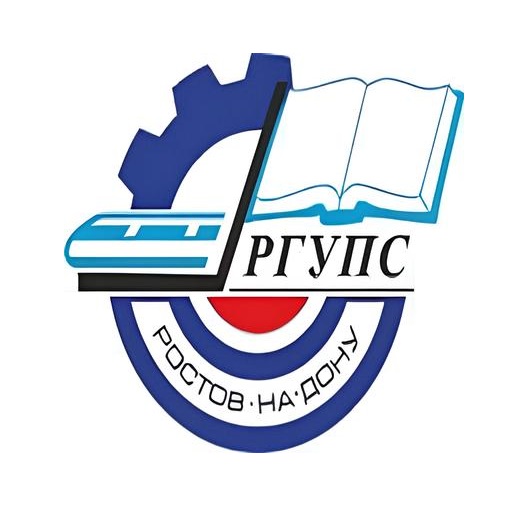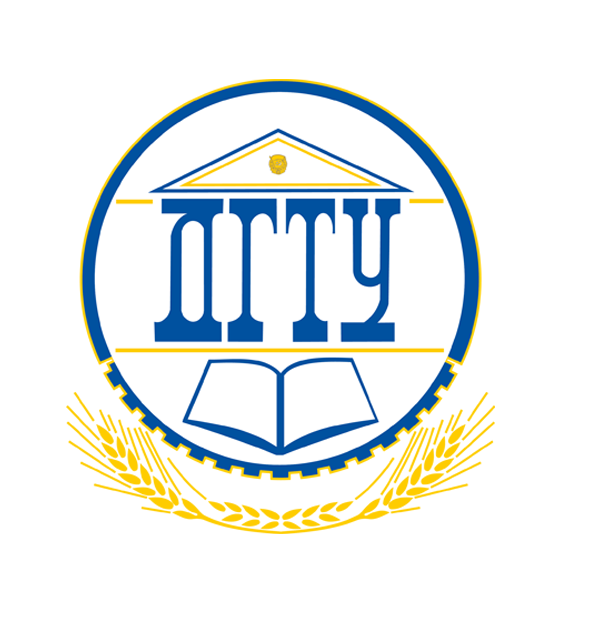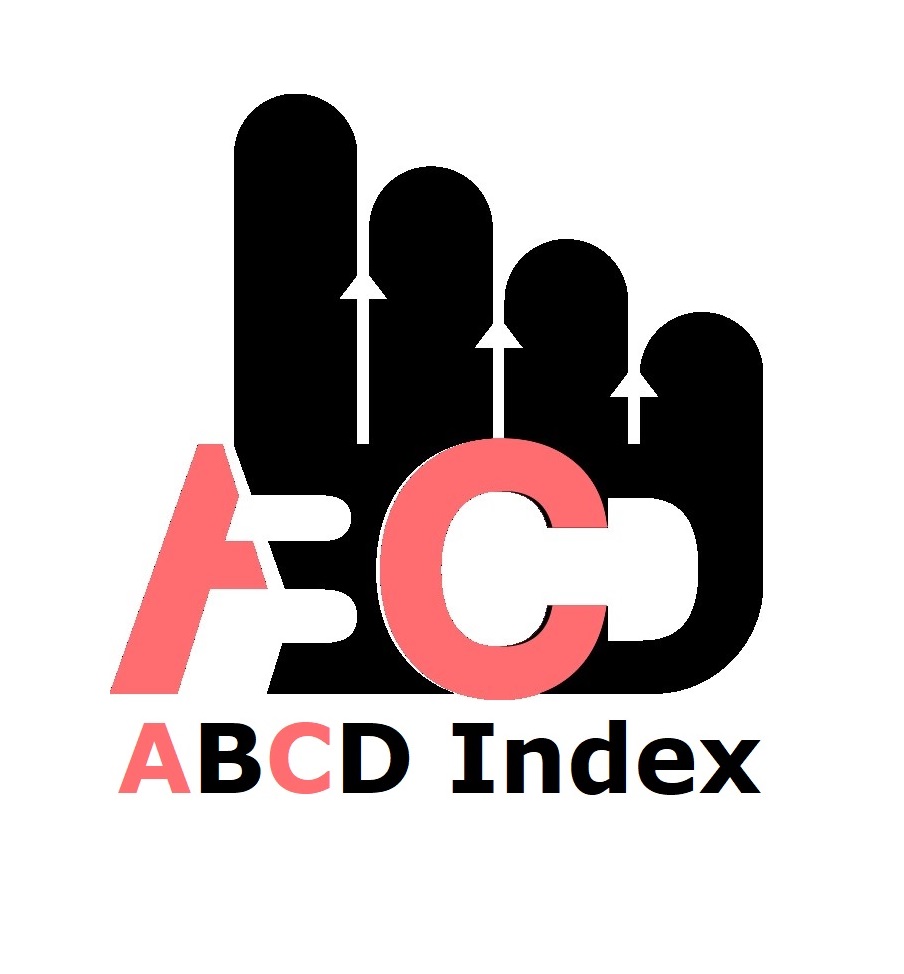Post COVID-19 Analysis of the Status of online Infrastructure use by Public Universities in Kenya: The Case of Masinde Muliro University of Science and Technology
Keywords:
online learning, COVID-19 Pandemic, e-learning, pedagogy, Learning Managment System, Online InfrastructureAbstract
The Covid-19 pandemic brought about a lot of interference in learning institutions. Universities were not spared by this pandemic, and this brought about a need to reconsider modes of learning which had all along been face-to-face. Online learning has proved itself as a promising instructional medium as well as a prime area for researchers to investigate its effectiveness on learning and pedagogy. Covid-19 provided an avenue to explore the use of technology in learning given that learning institutions were closed indefinitely. Online infrastructure refers to the hardware, software and internet availability in learning institutions that promote distance education or e-learning. This study sought to establish the status of online pedagogical infrastructure in public universities with a focus on Masinde Muliro University of Science and Technology (MMUST). The study adopted a descriptive survey design. The study population comprised of staff and students of MMUST. Stratified sampling was used to get a sample size of 682 respondents. Data was collected using questionnaires, interviews, Learning Management System content analysis, and observations. The study found that the available online pedagogical infrastructure in MMUST was not sufficient to facilitate online learning. Additionally, the findings indicate that majority of the students and lecturers did not have access to necessary online infrastructure. There lacks a clear policy guidelines for online learning. These findings show that MMUST has inadequate requisite ICT infrastructure and skills to enhance successful implementation of online learning. The study therefore recommends a need for public universities to create partnership with the private sector to improve ICT infrastructure to build the necessary capacity and standardize online learning programs. It further recommends that Institution Policymakers need to formulate policies that promote effective online learning across universities.
Published
How to Cite
Issue
Section
Copyright (c) 2023 Salmon Owidi, Dr. Erick Wangila, John O. Shiundu, Aggrey Mukasa Simiyu

This work is licensed under a Creative Commons Attribution-NonCommercial 4.0 International License.
Most read articles by the same author(s)
- Joanne Nabwire Lyanda, Salmon Oliech Owidi, Aggrey Mukasa Simiyu, Rethinking Higher Education Teaching and Assessment In-Line with AI Innovations: A Systematic Review and Meta-Analysis , African Journal of Empirical Research: Vol. 5 No. 3 (2024): Jul-Sep 2024
- Tundo Knight, John O. Shiundu, Wangila E. Wekesa, Effects of High Frequency of Examinations on Curriculum Implementation in Kakamega County, Kenya , African Journal of Empirical Research: Vol. 5 No. 1 (2024): Jan-Mar 2024
- Zipporah Jerotich Ruto, John O. Shiundu, Aggrey M. Simiyu, Enhancing National Cohesion through Primary Social Studies Learning Experiences in Kenya , African Journal of Empirical Research: Vol. 4 No. 2 (2023): Jul-Dec 2023
- Salmon Owidi, Eric Wangila, John O. Shiundu, Mukasa Simiyu, Assessing the Prospects and Challenges of Online Learning in Kenyan Public Universities: A Case Study of Masinde Muliro University of Science and Technology , African Journal of Empirical Research: Vol. 4 No. 2 (2023): Jul-Dec 2023
- Zipporah Jerotich Ruto, John O. Shiundu, Aggrey M. Simiyu, The Significance of Primary Social Studies Content Organization in Fostering Knowledge, Skills, and Values for Cohesion and Integration in Kenya , African Journal of Empirical Research: Vol. 4 No. 2 (2023): Jul-Dec 2023
- Tundo Knight, John O. Shiundu, Wangila E. Wekesa, Effects of High Frequency of Examinations on Choice of Pedagogical Approaches in Kakamega County, Kenya , African Journal of Empirical Research: Vol. 5 No. 1 (2024): Jan-Mar 2024
- Herbert Amunavi Obeywa, Teresa A. Okoth-Oluoch, Rose Atieno Opiyo, Aggrey Mukasa Simiyu, Efficacy of Learning Materials on Learners’ Readiness for Primary Education in Kenya , African Journal of Empirical Research: Vol. 4 No. 2 (2023): Jul-Dec 2023
- Herbert Amunavi Obeywa, Teresa A. Okoth-Oluoch , Rose Atieno Opiyo, Aggrey Mukasa Simiyu, Assessment of the Influence of Teaching Methods on Learners Preparedness for Primary Education in Kenya , African Journal of Empirical Research: Vol. 4 No. 2 (2023): Jul-Dec 2023
- Rehema Nanyama Shabani, John O. Shiundu, Stanley. N. Mutsotso, Influence of Institutional Factors on the Integration of Practical Skills in Teaching and Learning Agriculture in Secondary Schools in Matayos Sub-County, Busia County, Kenya , African Journal of Empirical Research: Vol. 5 No. 4 (2024): Oct-Dec 2024























